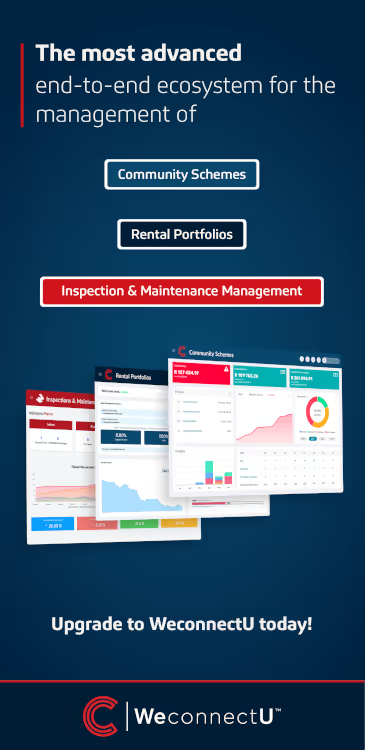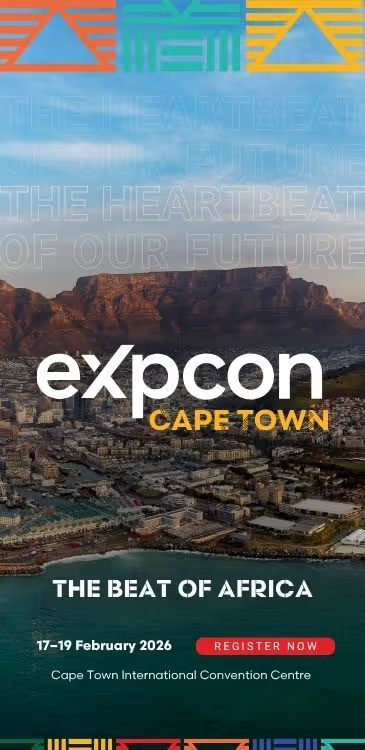FNB’s R23.2bn Affordable Housing push lifts 69, 000 families
- R3.3bn in loans this year put nearly 6,000 new families into homes.
- R72m in FLISP support unlocked deeper affordability and access.
- Collective Buying lets up to 12 people co-purchase and share the load.
The bigger picture - SA’s affordable housing engine
South Africa’s affordable housing market remains massively undersupplied, while incomes lag price inflation, especially in metros.
This is the most investable segment in SA property because demand is structurally permanent: urbanisation, household formation, and internal migration are not slowing.
The catch? Affordability.
And that’s where financing innovation moves the needle, not just building stock.
FNB’s numbers - this is real momentum, not PR spin
Over the last 12 months FNB approved R3.3 billion in affordable housing loans, putting almost 6,000 households earning less than R34,000 per month into homes.
Their portfolio now sits at R23.2 billion. Over the last decade (2015–2025), the bank has paid out R33 billion in this segment enabling ±117,000 families to buy property.
The bank also helped customers access R72 million in FLISP / First Home Finance subsidies a massive affordability unlock for households earning R3,501 - R22,000 per month.
As Lytania Johnson, CEO of FNB Personal Segment puts it “Homeownership remains the foundation of dignity and generational wealth.”
Interventions that actually shift affordability
- Integrated FLISP / First Home Finance subsidy support
- Collective Buying up to 12 individuals co-purchase one property
- Purpose-led lending with rewards (fuel / groceries) to ease household costs
- Holistic affordability — credit, banking, insurance, investment optimisation
Chris Labuschagne, CEO of Home & Secured Lending is blunt: “Inclusive homeownership drives stronger economic growth.”
Affordable housing is where social impact meets commercial scale.
It is the biggest finance accessibility gap and the biggest behaviour-changing opportunity.
FNB’s approach proves it: When capital, subsidies, tech and product design intersect, buying becomes possible for people previously locked out.
This is not only a bank story, it is a nation-building lever.
More households owning homes = more wealth, more stability, more future.






.avif)

.avif)


.avif)

.avif)




.svg)


.avif)

.avif)







%20.avif)








.avif)
%20.avif)
